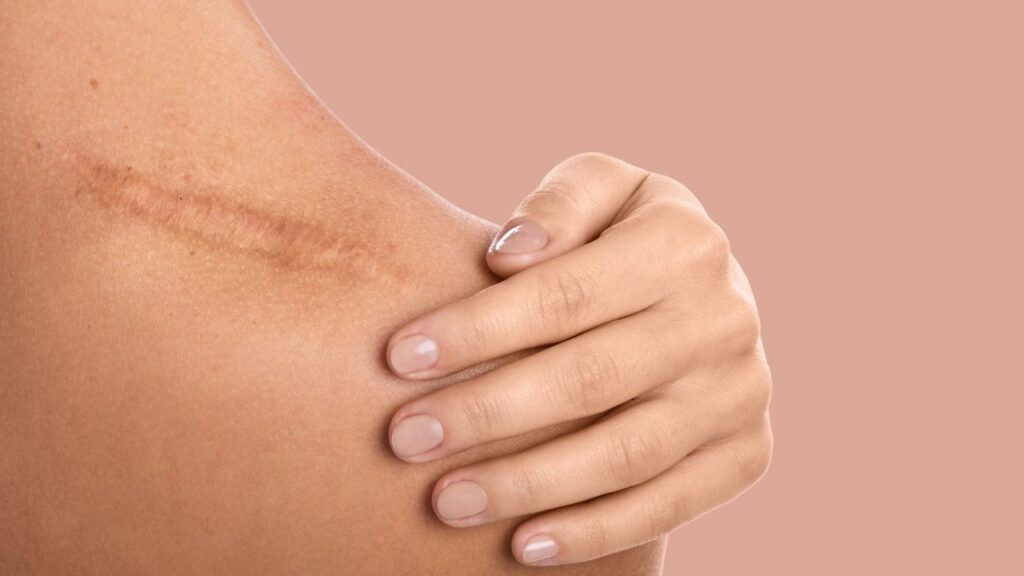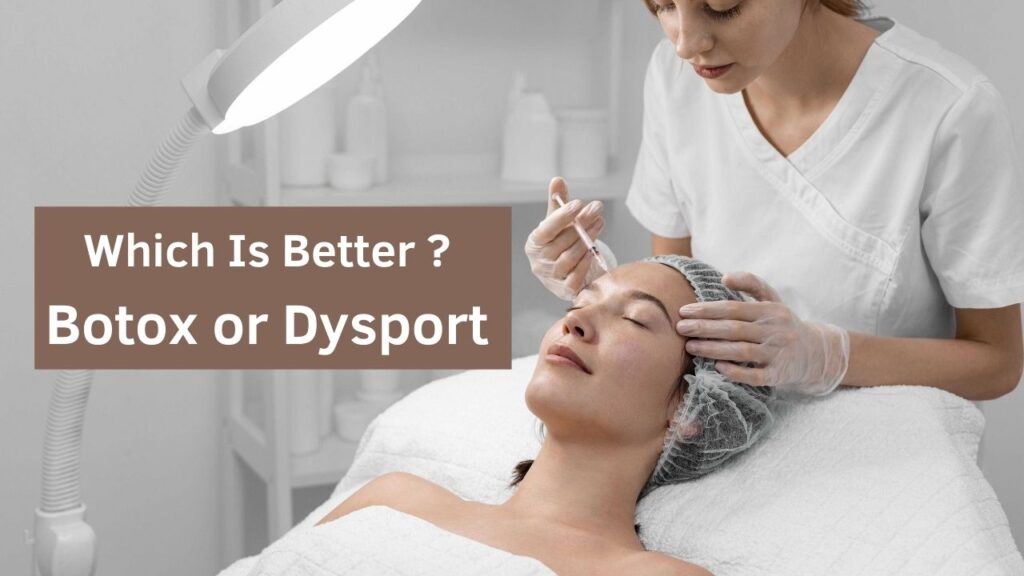Table of Contents
Overview
Have you currently lost some extra pounds? Or recently delivered a baby? Congrats! Now that you are blessed with a fitter body or with a beautiful baby, there’s a chance you are also blessed with stretch marks on your skin! These marks result from skin expansion and contraction or constant skin stretching. This condition occurs in pregnancy or weight fluctuation but can also happen because of stress or genetic factors.

What are stretch marks?
In medical terms, a stretch mark, also known as striae distensae, is scarring of skin that appears as a whitish or pinkish hue seen when your skin stretches and shrinks quickly.
A protein present inside your skin — collagen makes your skin more elastic and supports your skin. Rupture of collagen occurs even time your skin tries to heal from any abrupt change or tear. In this process, stretch marks may show up on your skin.
Over time, these scars become unnoticeable, but some people may feel awkward about it.
What do stretch marks look like?
The appearance of stretch marks varies depending on their cause, when they form, the location, type, and skin color. They mostly show up as follows:
Thin, long, parallel, or rippled streaks on the skin
With black, blue, pink, red, silver or purple hue
Dark streaks that fade over time
Their size can range from several centimeters long and 1 to 10 mm wide.
The early new marks can be slightly raised and itchy. They usually have a different texture and tone than your normal skin and look wrinkled. They can also appear as large stripes covering different parts of your body, such as the tummy, hips, buttocks, torso, breast, or thighs.
Why do they appear?
Although anybody can develop stretch marks, you may get them because of the following reasons:
Being a woman
Pregnancy (especially last trimester)
Quick excessive weight gain and loss
Puberty (sexual maturity)
Hormonal treatment (steroids)
Post breast enhancement surgery
Bodybuilding
Family history
Certain genetic diseases or conditions, such as:
Cushing syndrome (occurs due to high level of the cortisol hormone)
Ehlers-Danlos syndrome (stretchy skin which tends to bruise easily)
Marfan’s syndrome (that weakens skin fibers)
How to get rid of stretch marks permanently?
Stretch marks can really bring you down or keep you from wearing short dresses or sleeveless, which you don’t want.
There is no absolute cure for stretch marks as they are caused by a deep tear deep inside your skin. However, some treatments can help to make them less noticeable and reduce the itch that they can produce.
Here are some treatment options that may be effective:
Moisturizers: Moisturizers enriched with hyaluronic acid-based cream are mainly prescribed. They help to make the stretch marks less distinct.
Topical retinoid therapy: The application of tretinoin (retinoid) or retinol-based formulations are recommended in early stages every night for 24 weeks to make the scar less noticeable. However, these should be used with precaution in pregnancy.
A plastic surgeon or skin doctor (dermatologist) may perform the following procedures to give you better outcomes:

Pulsed dye laser therapy is a painless blast of light focused under your skin to relax blood vessels that cause stretch marks.
Fractional CO2 laser therapy uses a CO2-based laser to reduce stretch marks, especially the old white ones.
Excimer laser therapy: Here, a safe ultraviolet-B light targets the stretch marks and helps to correct their pigmentation.
Microdermabrasion: Microneedles or tiny crystals are used to gently remove the upper layer of skin to help fade the stretch marks. It gives better results when combined with skin-peeling treatment.
Chemical peels: Here, glycolic acid (acidic solution) is used to burn the top layer of the skin to boost new skin growth and improve its appearance.
Radiofrequency: This therapy uses radio wave energy to generate heat and stimulate collagen production. It is absolutely safe and greatly helps to reduce stretch marks.
Ultrasound treatment: Here, instead of radio waves, sound waves are used to create heat and trigger more production of collagen.
Cosmetic surgery: Surgery like a tummy tuck may help remove stretch marks, but itself could leave a painful scar and cost high.
Home remedies to prevent stretch marks
Here are some ways that can help prevent the formation of stretch marks:
Maintain a healthy weight, even during pregnancy.
Exercise regularly.
Eat a healthy diet.
Use products with Centella Asiatica herb and hyaluronic acid that can prevent scarring of the skin.
Application of almond oil, cocoa butter, olive oil, and vitamin E can also help prevent and reduce stretch marks up to a certain extent.
Conclusion
Stretch marks can sometimes make you feel awkward, and getting rid of them can help you attain some mental peace. Several treatment choices may or may work in your case. Always consult a skin specialist before considering any treatment option, therapies, over-the-counter medications, or even home remedies.
To learn more about different ways to get rid of your stretch marks, connect to our team of experts now!





